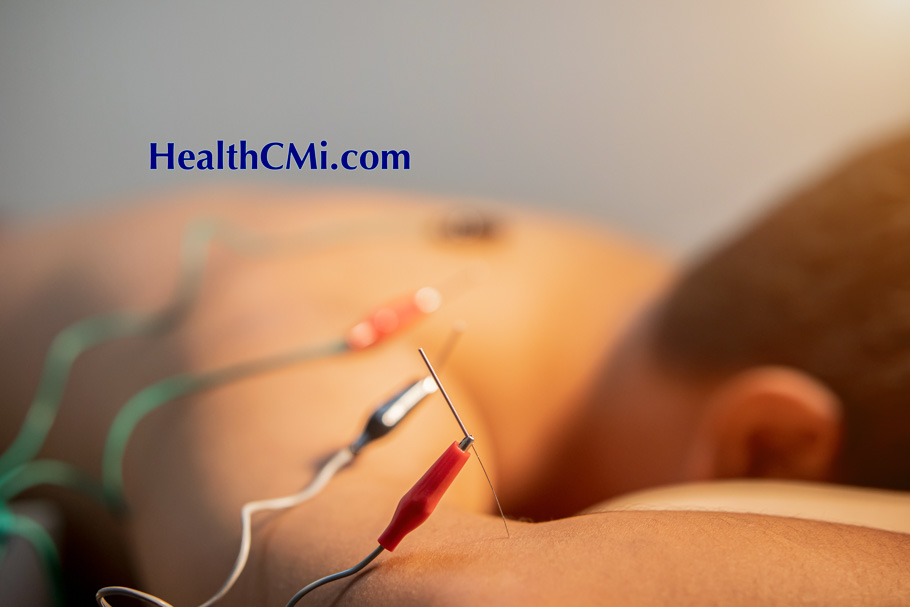
Acupuncture is effective for the treatment of post-stroke hemiplegia. Researchers at Xinghua Traditional Chinese Medicine Hospital conducted a clinical trial to investigate the benefits of including acupuncture as supplementary therapy in the rehabilitation of stroke survivors. The results of the trial indicate that the inclusion of acupuncture significantly improved patient outcomes.
A total of 72 stroke hemiplegia patients receiving treatment were randomized into a routine care group (36 participants, receiving usual care intervention) and an integrated care group (receiving a combination of usual care and acupuncture intervention). No significant statistical differences were noted in limb function or mobility between both groups pre-treatment. Post-treatment, the integrated care group showed greater improvements in quantifiable measures and quality of life scores over the routine usual care group. The integrated care group had a treatment efficacy of 97.22%, while the routine care group had an efficacy of 86.66%. [1]
The routine care group was given standard neurologic medications as per the physician’s prescription. This included nutritional neuroprotective medication to accelerate the recovery of brain tissue functions. The treatments included daily intravenous administration of cerebroprotein hydrolysates and cytidine diphosphate choline ranging from 0.125 to 0.25g for 15 days. The integrated care group received acupuncture in addition to the protocol above. For patients in the acute phase, the treatment primarily targeted the following acupoints:
- PC6 (Neiguan)
- HT7 (Shenmen)
- GV26 (Renzhong)
- LU5 (Chize)
- BL40 (Weizhong)
- SP6 (Sanyinjiao)
Disposable sterile acupuncture needles of 0.25 × 40 mm were used. At the acupoints PC6, LU5, and BL40 the lifting-thrusting method was used. At the GV26 acupoint, toward the nasal septum, the pecking-reducing method was used depending on the patient’s eye-moisture level. For patients in the recovery phrase and sequela stage, treatment focused on the following acupoints included:
- GV23 (Shangxin)
- GV20 (Baihui)
- Extra (Yintang)
- GB20 (Fengchi)
- CV23 (Lianquan)
For the upper limbs:
- EX (Jianqian)
- LI11 (Quchi)
- LI10 (Shousanli)
- SJ5 (Waiguan)
- LI4(Hegu)
For the lower limbs:
- GB30 (Huantiao)
- SP10 (Xuehai)
- ST34 (Liangqiu)
- ST36 (Zusanli)
- GB34 (Yanglingquan)
For acupoints including GV23, GV20, and GB20, the tonification-reduction method was used. For other facial and scalp region points, the lifting-thrusting method for reducing was used. For upper and lower limb points, a combination of both methods were used. After 30 minutes of needling, 2–3 sets of points were linked to an electroacupuncture device using a continuous wave. The stimulation was individualized to each patient’s tolerance.
Every other day, following needle insertion, moxibustion was gently applied to the major points for 20 minutes. Acupuncture was performed daily, with a 10-day interval counting as one session. Each session was followed by a 5-day rest period.
Hemiplegia stroke is commonly encountered in clinical practice as a cerebrovascular condition with high rates of mortality or disability. In the field of traditional Chinese medicine (TCM), the onset of stroke-induced hemiplegia is attributed to disturbances in intracranial circulation. Through the intervention of needle insertion and retention, acupuncture enhances the stability and smoothness of the flow of qi in the body, improves blood circulation to expedite the recovery of limb function, and positively affects brain tissue and the nervous system. The results of this clinical study indicate that acupuncture interventions significantly enhance therapeutic effects in the clinical treatment of stroke-induced hemiplegia. The researchers note that acupuncture aids in improving patients’ limb functions and overall quality of life, warranting its widespread application in clinical practice.
Reference:
[1] Shi Jin. (2021). Clinical efficacy of acupuncture treatment for patients with stroke and hemiplegia. Smart Health (06), 150-152. j.cnki.2096-1219.2021.6.052.


